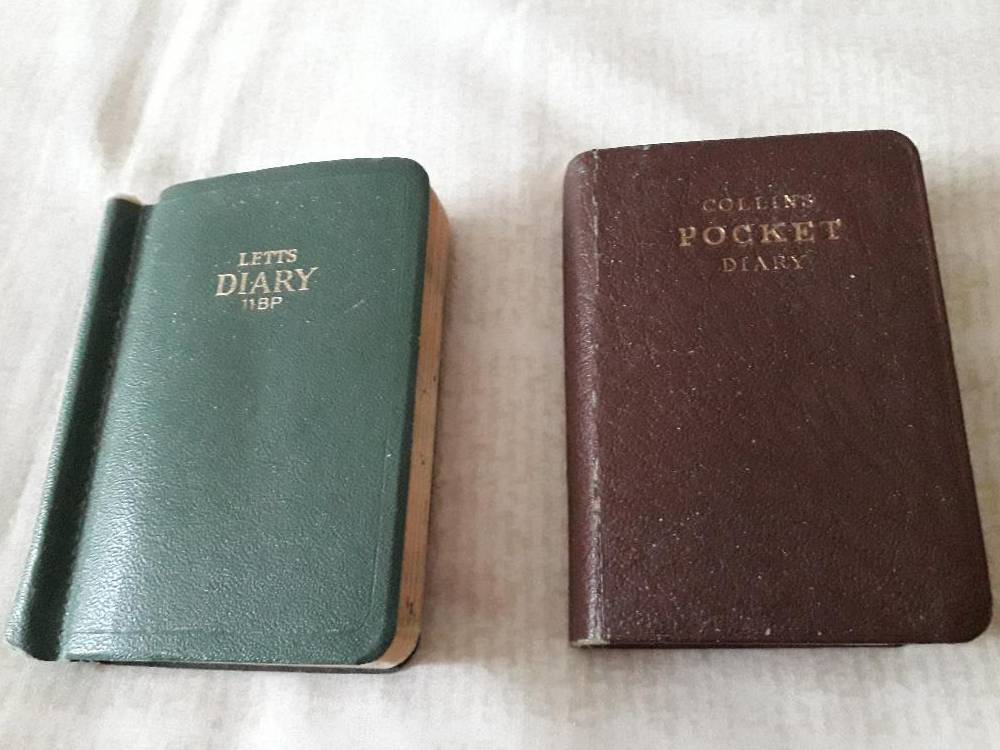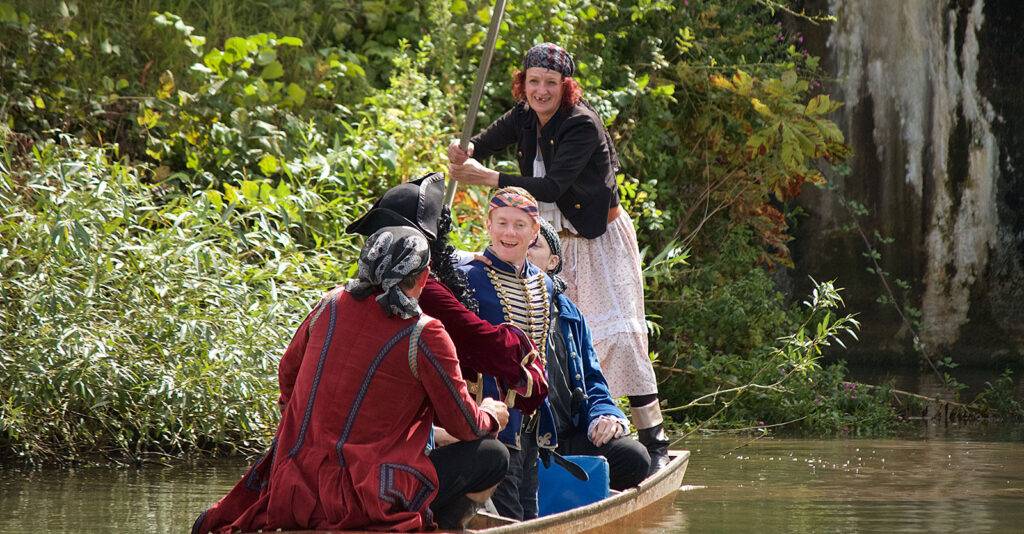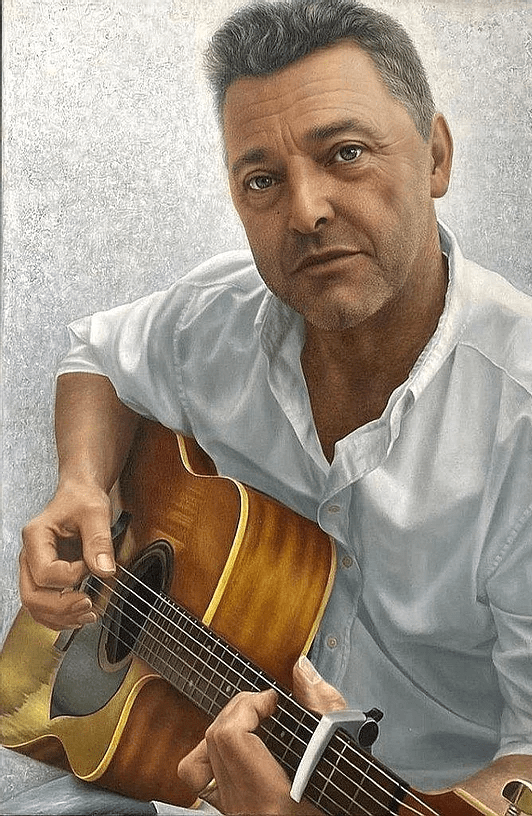Bring your friends and family and enjoy the magic of Christmas at The Shed, Bordon
Embrace the holiday spirit with enchanting festivities across the big Christmas weekend at The Shed starting with the Christmas party on Saturday, 7th December.
Get your glad rags on and head over to The Shed for a night of Christmas tunes from the Lee Aaron band from 7.30pm. The Lee Aaron band are an explosive energetic cover party band with a difference with a repertoire that includes music both old and new, this is a Christmas party with a rock twist. Think The Doobie Brothers, The Killers, David Bowie, Wings, Bryan Adams, The Beatles, Jimi Hendrix, The Weekend, U2, James Brown, Van Halen, Andy Williams, The Who, Stevie Wonder, Billy Idol, Muse, Deep Purple, Alice Cooper… just to name a few! This is a free event so just bring yourself, your friends, your moves and festive cheer.

Enjoy The Shed’s annual Christmas Market on 8th December from 12-6pm. With live music, local treats and a naughty elf causing mischief, it’s the perfect excuse to wrap up warm, grab a hot chocolate or toddy and get in the festive spirit!
With over 30 stalls this year, The Shed’s Christmas Market will be bigger than ever! From crocheted goods and boardgames, jewellery, ceramics and handmade carvings, to traybakes, chilli sauces, home cook meal kits and fresh fruit and veg boxes, the market will be packed full of gift ideas and local fayre.
From 12pm-2.30pm the kids will be overjoyed to pet, groom and enjoy story time with the donkeys of Pony Pals, then explore Santa’s magical grotto to meet the man himself. And Santa Paws will be providing Christmas treats for your four-legged friends, meaning all the family members, even the furry ones, are welcome at the Market.
The festive soundtracks for the day will be provided by Chris Roberts from 12.15-1.15pm, followed by Life Spring Church singing Christmas carols from 1.30-2.30pm. As the evening draws in, Dixon Duo will be heralding visitors with Christmas covers from 4.00-4.45pm and to bring the Market to a close from 5.00-6.00pm we’ll have the dulcet tones of vintage 1940s singer Stephanie Belle.
Showcase your vocal talents in a special Christmas themed open mic night on 19th December where local performers will sing a cover, or their very own Christmas original! Discover new local talent and have a very festive evening at The Shed.
Calling all performers! Whether you’re a seasoned pro or a budding singer-songwriter, you’re invited to join The Shed’s open mic night event. Sign up starts at 7.45pm with 15 minute slots available. Get ready to showcase your talent at our upcoming Christmas themed night, and don’t miss this fantastic opportunity to share your music with a supportive and welcoming audience.
With a rush of new businesses opening in time for Christmas there is plenty of fresh food and more to explore at The Shed. WBRC is looking forward to welcoming you to this December, as well as providing a central community hub where people of all ages can meet up to enjoy activities and some great food across the festive period.
Find out more at Upcoming Events at TheShedWB



















